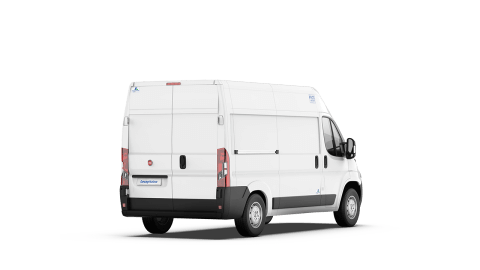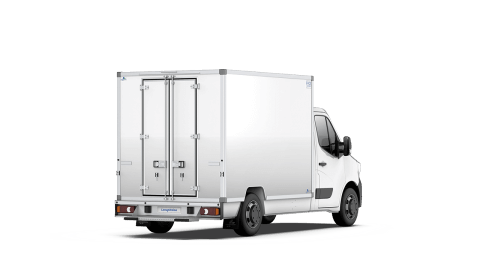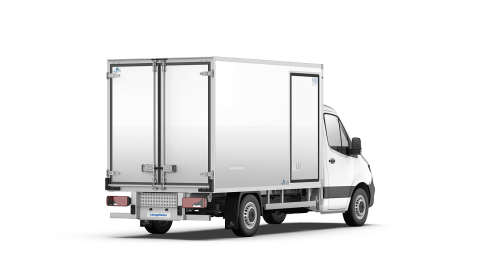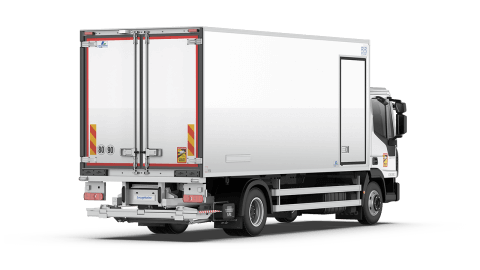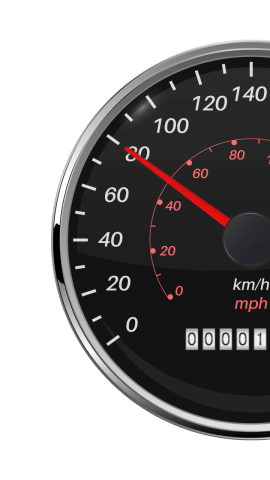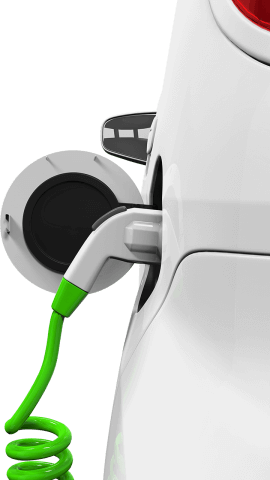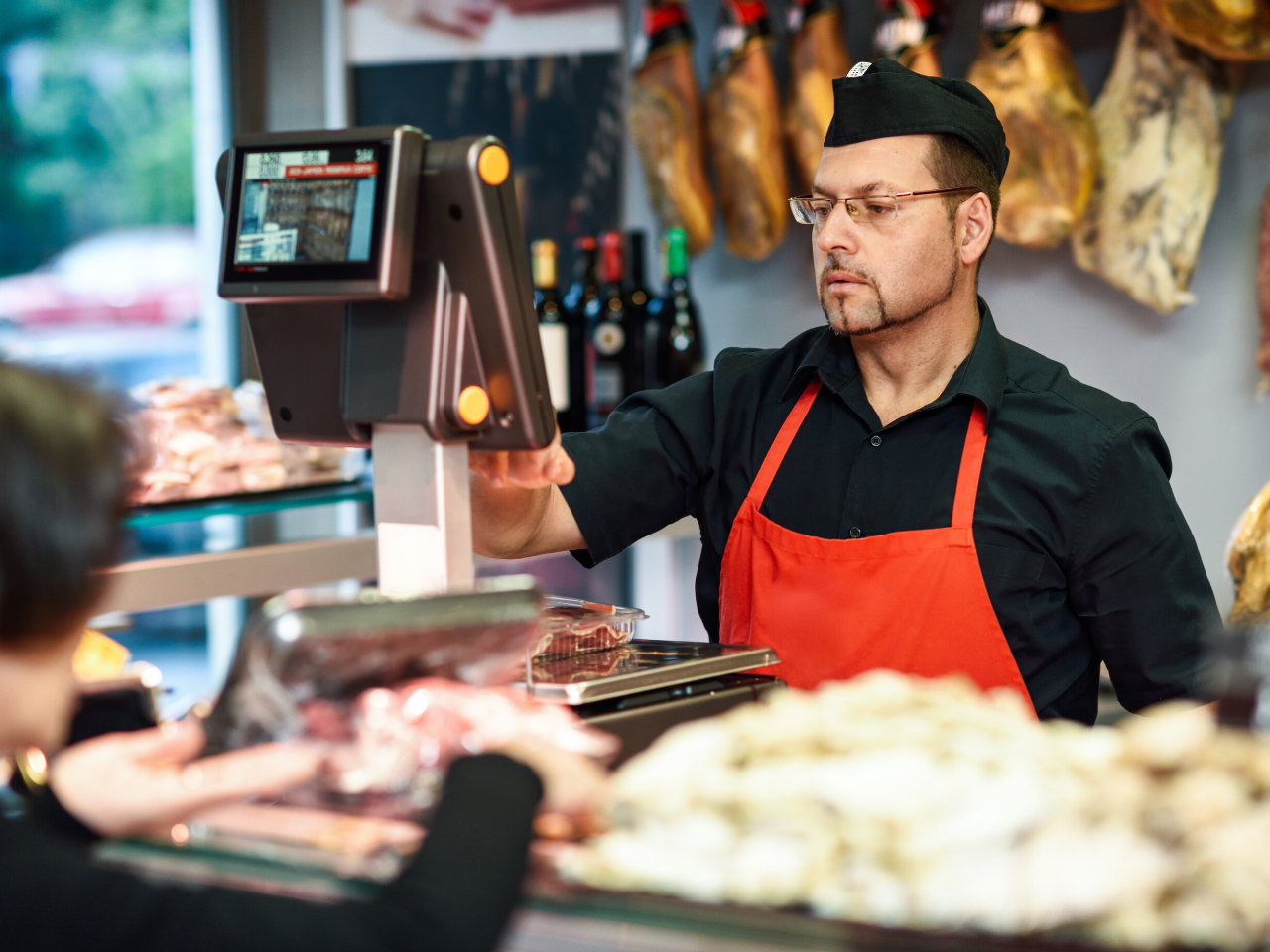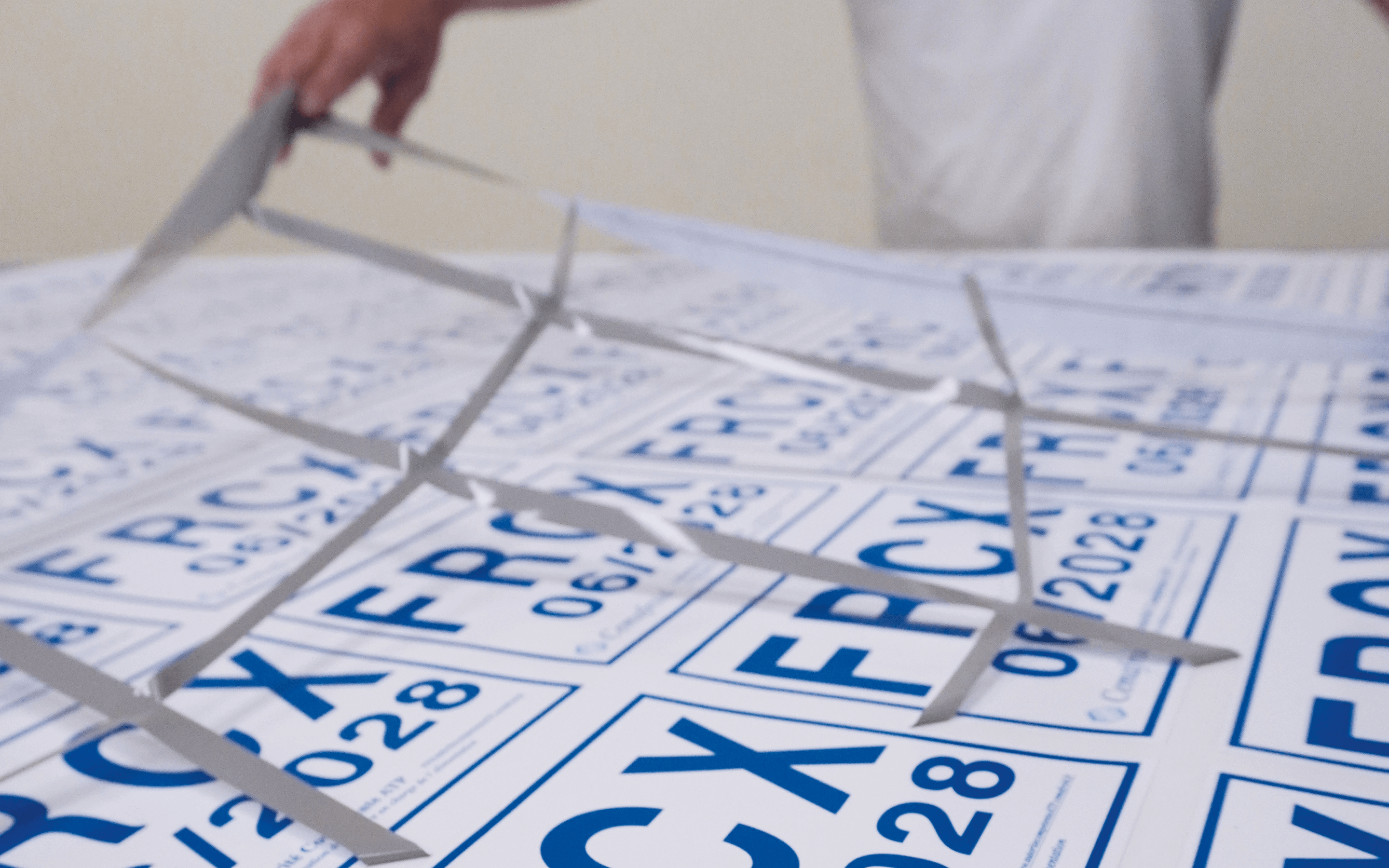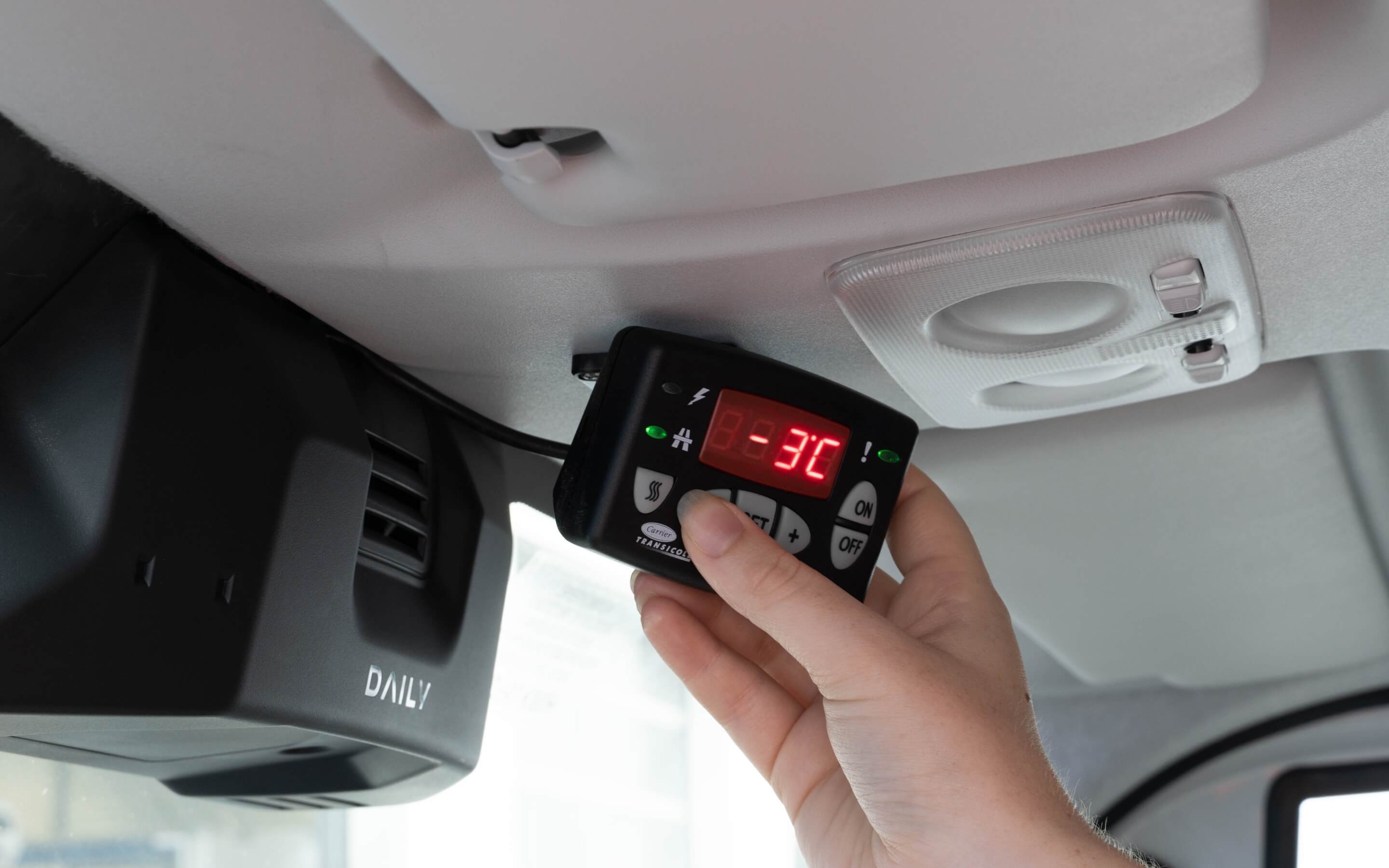
Refrigerated urban deliveries: what parameters need to be considered?
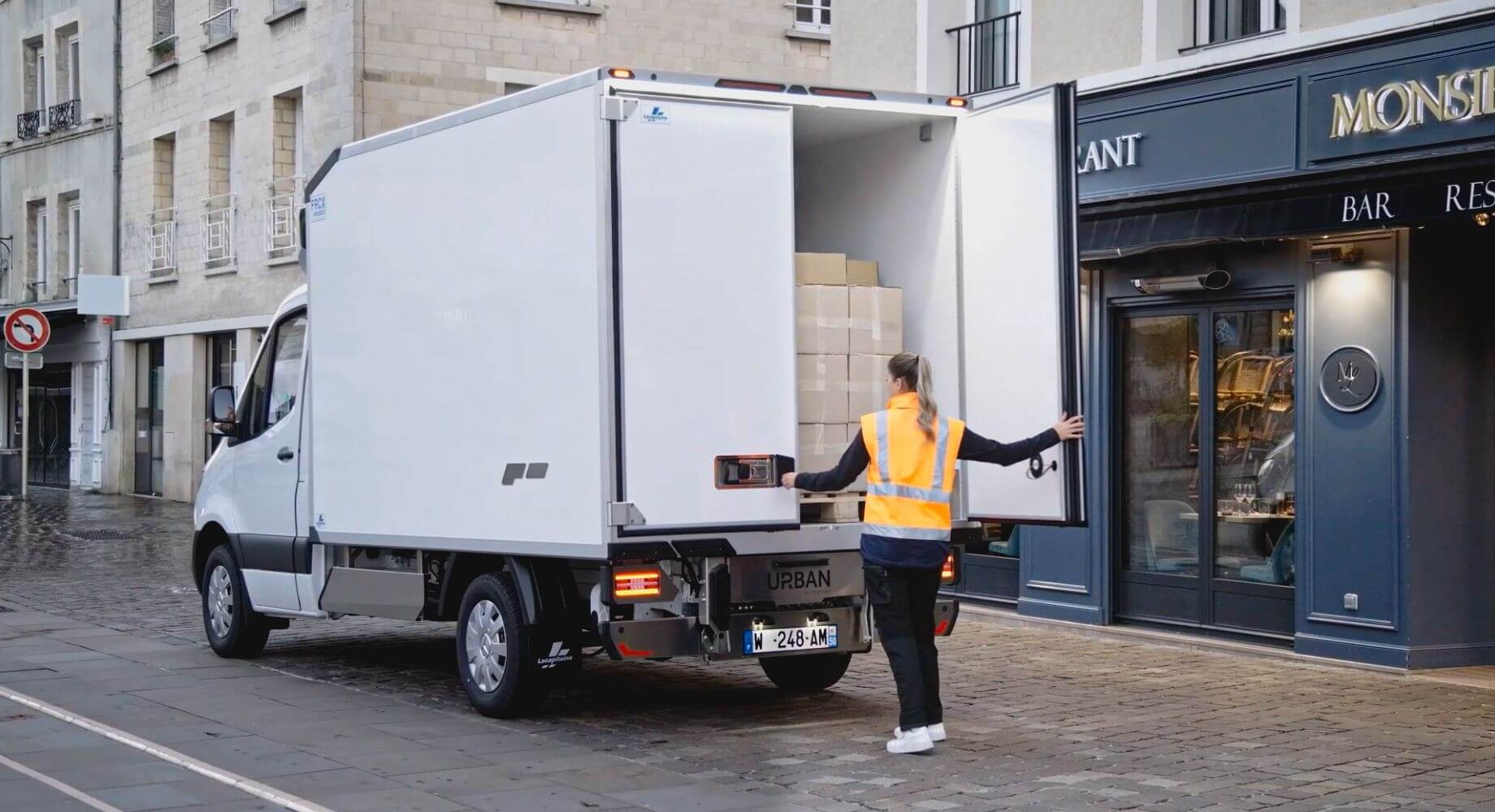
Every year, all over the world tonnes of goods are delivered in urban settings by refrigerated vehicles.
So, let’s find out about the challenges of refrigerated urban deliveries and the different solutions out there. The main constraints of urban deliveries that you need to consider are emissions (CO2 and fine particles), the vehicle’s size and noise pollution. Some of these constraints translate into restrictions or prohibitions imposed by towns and cities in France and Europe. The perfect vehicle must take these parameters into account while still performing its main function, i.e., temperature-controlled transport with the highest level of security, efficiency and comfort for users and residents.
CO2 emissions and fine particles
For many years, we have been aware of the absolute need to commit to the energy transition. Following the Paris Agreement (COP21) in 2015, the French Climate & Resilience Law in 2021, commitments have been made to reduce CO2 and fine particle emissions to improve air quality. Urban distribution is directly affected by new regulations (LEZ, WLTP, etc.).
Since 2015, low emission zones have appeared in various European countries, including France. Only low emission vehicles can drive in these geographically defined areas. Vehicles must display a Crit’Air sticker classifying them according to the amount of air pollutants they emit. They define the criteria to enter a LEZ. The most polluting vehicles and “unclassified” vehicles cannot drive in these zones at certain times of the day. These constraints, which apply in many cities, will become increasingly demanding in the coming years.
The Worldwide harmonized Light vehicles Test Procedures (WLTP) were also created with the same thing in mind. These test procedures for passenger cars and light utility vehicles measure fuel consumption, electric range, and CO2 emissions. These procedures take into account the vehicle’s parameters after it has been worked on by the bodybuilder: weight, frontal area and rolling resistance.
To reduce emissions, you can choose a “new energy” or “last mile” vehicle that is more environmentally friendly. Electric and hydrogen refrigerated vehicles should ultimately replace all old combustion-engine vehicles.
The vehicle’s size
Vehicles are more restricted in towns due to how much they pollute, but also their size and weight. There are more and more restrictions prohibiting vehicles over 3.5 tonnes or 7.5 tonnes from entering town centres. This means the vehicles best suited to urban deliveries are less than or equal to 3.5 tonnes. They must also meet increasingly strict environmental standards (EURO 6 standard).
Refrigerated vehicles must therefore adapt their size, weight, and agility (frequent stops, parking for deliveries, alleys in town centres, etc.) to the urban environment.
For urban deliveries, in addition to having the right size and weight, refrigerated LCVs can be fitted with specific equipment by Lecapitaine :
- Key out : when stopped for a delivery, this option enables vehicle powered refrigeration units to continue to run to guarantee a constant temperature during transportation after locking the vehicle. This secures the goods during the delivery.
- Door holder (SimpleLock) : magnetic system that holds doors open for safe deliveries (product patented by Lecapitaine)
- Space-saving doors (roll-up door, double swing doors, etc.)
- Access to specific loads
- Working area lighting
- Integrated parking camera
- Obstacle detection system
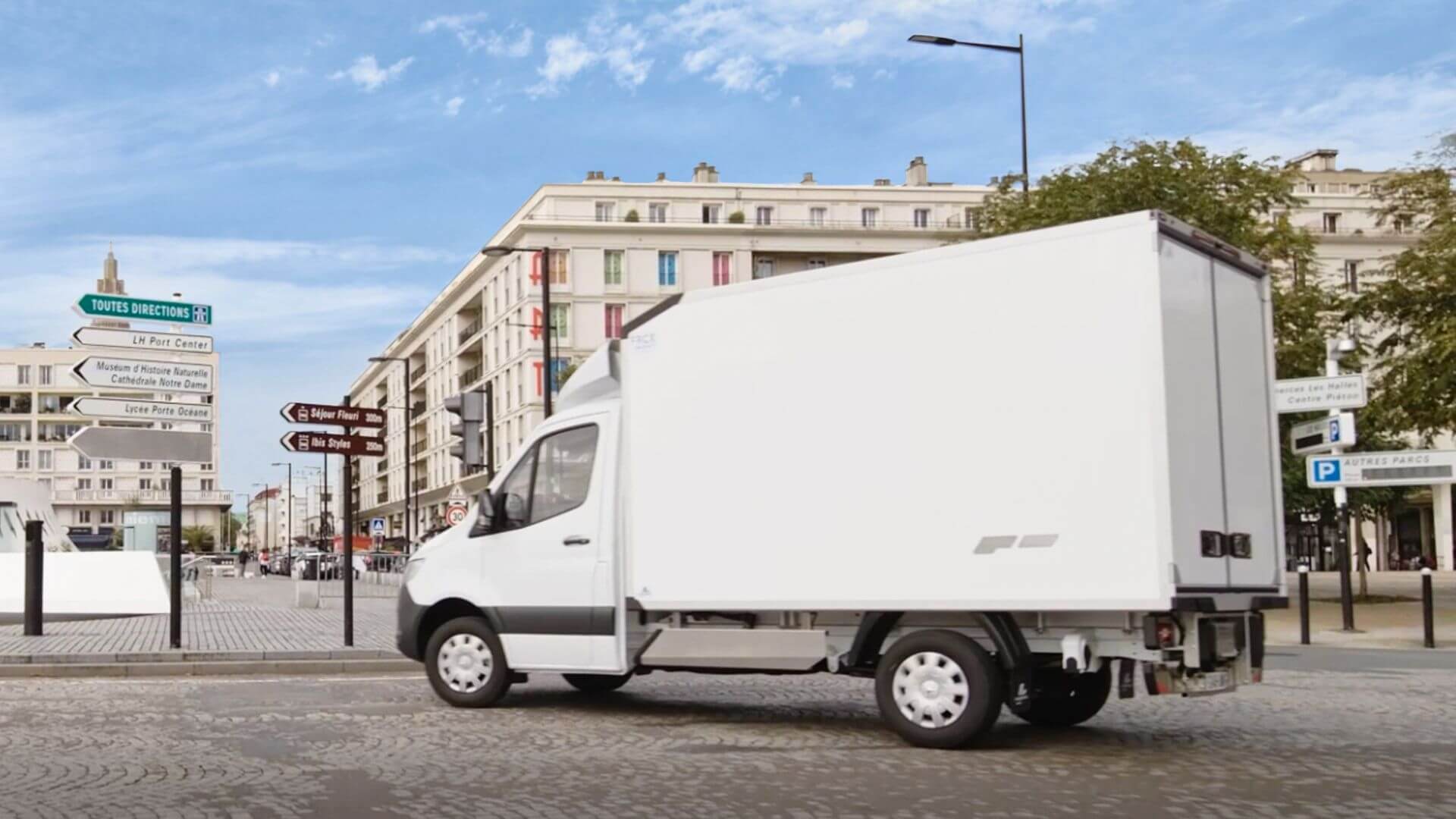
Noise pollution
Another parameter must be taken into consideration when choosing a refrigerated vehicle suited to urban deliveries, especially at night: noise pollution. As a manufacturer, we can get our bodywork Piek certified. After performing acoustic tests, Cemafroid issues certification of compliance with the Piek label for vehicles that do not go over 60 dB. This label authorizes night-time deliveries when they are restricted by local urban regulations. So, equipment/bodywork with the Piek label helps to reduce the noise caused by deliveries at night and minimises disruption to residents. This certification is also recognized by Certibruit and more specifically the “night deliveries respectful of residents” label.
LManufacturers and bodyworkers are working together to propose new solutions tailored to future environmental challenges and to meet urban delivery requirements. Lecapitaine provides an innovative, effective solution: URBAN by Lecapitaine, the new refrigerated bodywork specifically for LCVs, which has been recognized and rewarded by professionals at the Solutrans 2021 trade fair where it won the Joseph Libner environment prize.
